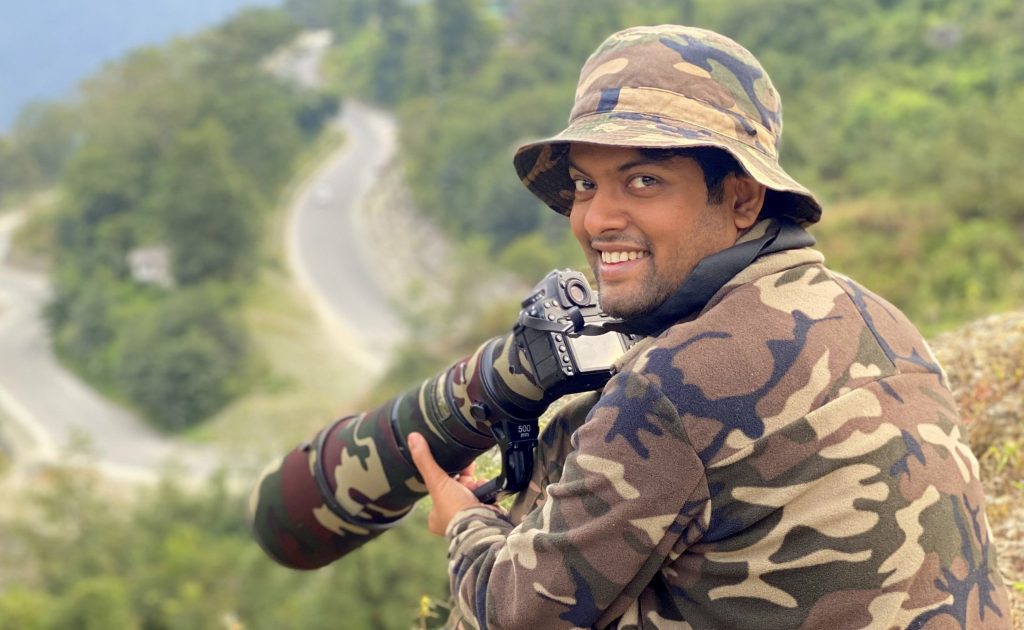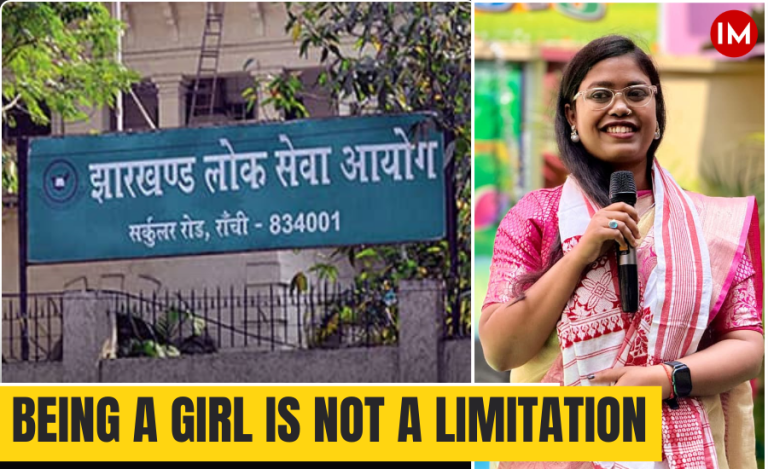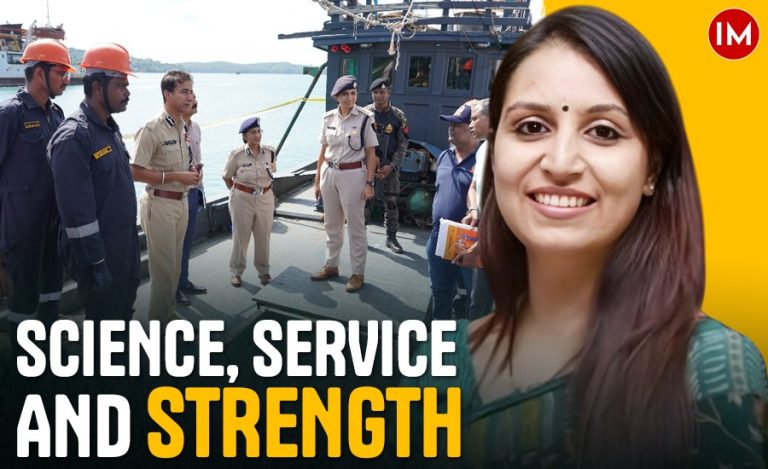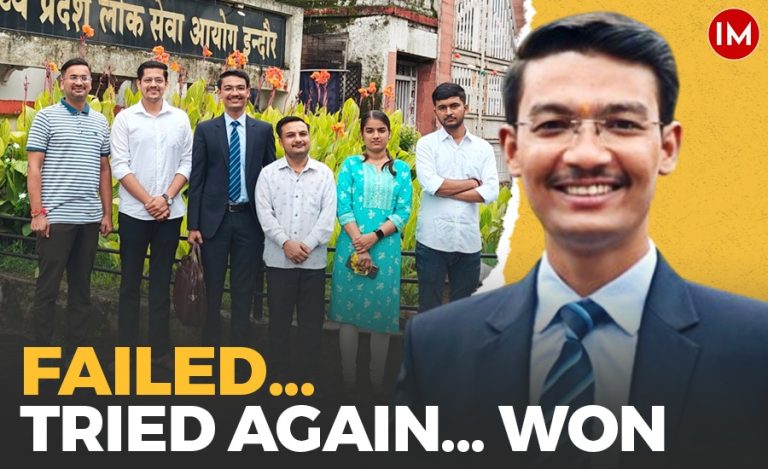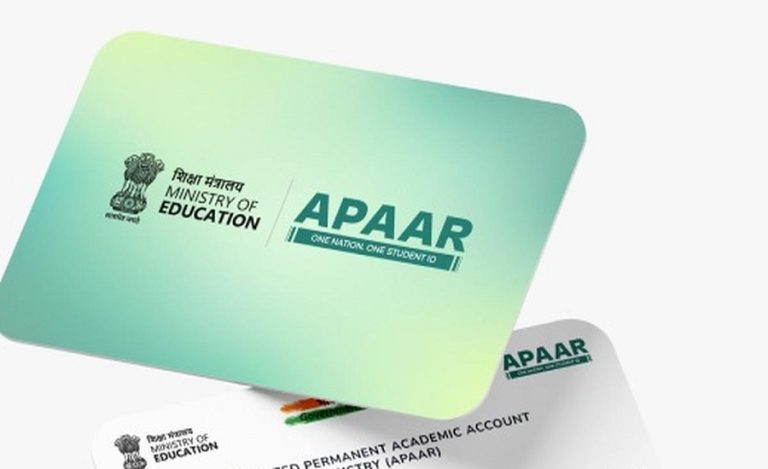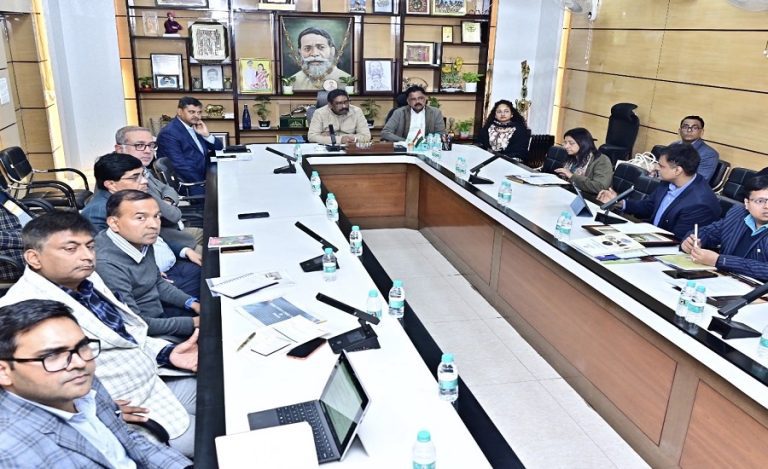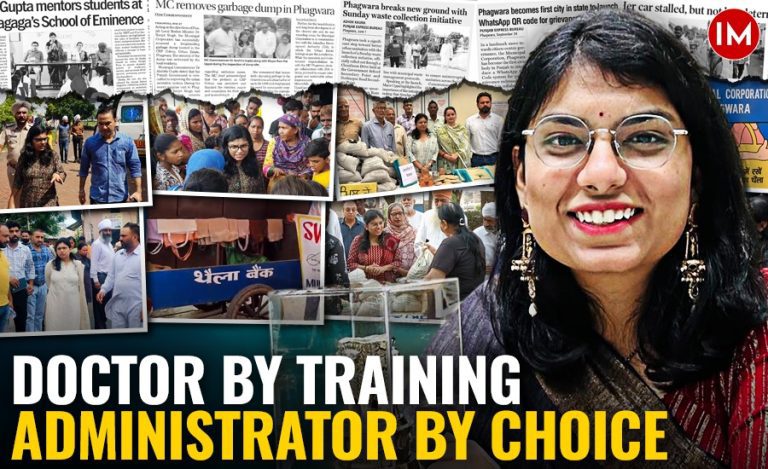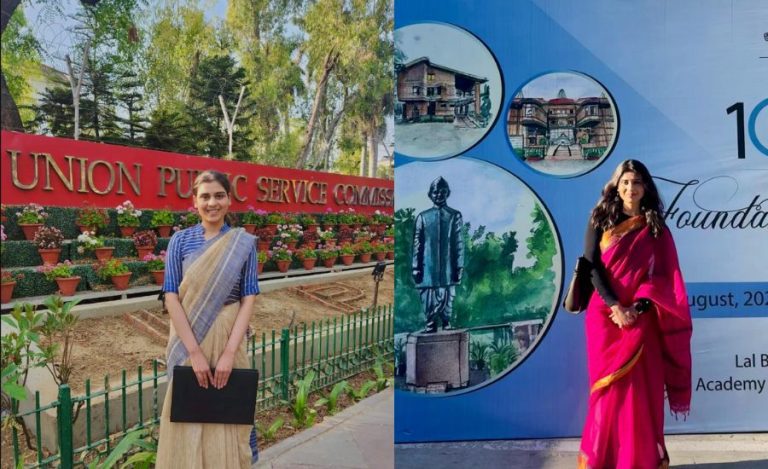On the occasion of World Wildlife Day 2022, we, at Indian Masterminds, roped in 2012-batch Indian Revenue Service (IRS) officer Raghav Gupta for an exclusive interview on his passion for wildlife despite working in the revenue services. Mr. Gupta is an ace wildlife photographer and is currently the Advisory Member of the ERDS foundation undertaking a Great Indian Bustard (GIB) conservation programme. Being a passionate wildlife photographer, he has also conducted several wildlife photography webinars for youth across the country.
Here are some excerpts from the interview:
How did you first get interested in wildlife?
As a child, I would often visit the zoo on Sunday mornings with my grandfather. The zoo is a stone’s throw away from my home in Kanpur. In evenings, I would hear the tiger’s formidable roars from the zoo and would be thrilled at that sound. I still hear that sound on some days when I am at home, and smile. Later at night, I would drift off to an imaginary world, weaving my own theories about what the animals would be doing while I was lying in bed. This curiosity about daily lives of animals propelled me to take a keen interest in learning about wildlife at school. As a child, I was blessed to collect books on wildlife, Amazonian creatures, African savannah, and Indian forests. I remember being fascinated with television documentaries on wildlife and watching The Lion King with my siblings. Wildlife had a conspicuous presence throughout my childhood and youth.
You have covered many wildlife sanctuaries, national parks, and other areas across India. How do you manage to give it time along with your work?
Although keeping in touch with such a hobby can be tough, I have found that in maintaining a work-life balance, the fulcrum rests on prioritizing. Once you assign priorities to all the components of your work and your life, you will find that the same time which seemed impossible to ration amongst your various needs, can now be partitioned easily. Integrating your hobby as part of your daily or weekly schedule is the right way to go about it. Once you have it going on a routine basis, you won’t do without it. This is how it works for me. I utilize my free time, weekends for immersing myself into new wildlife experiences. For longer durations, I take leave and go on wildlife expeditions.
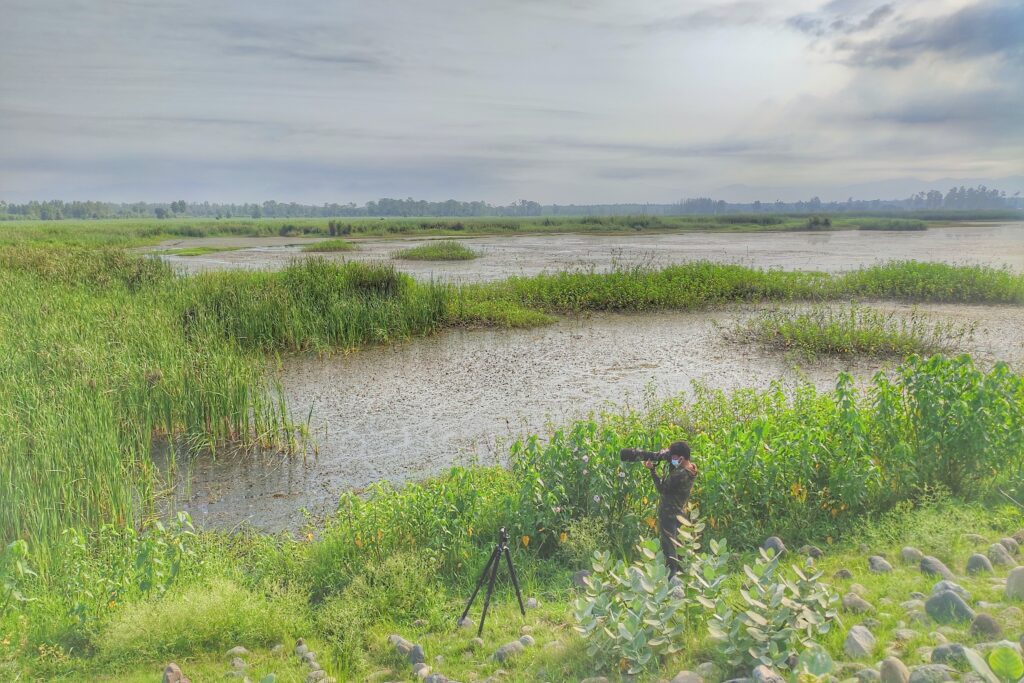
What species of wildlife do you want to click in the near future, and what is your process of wildlife photography?
There are a few actually, including the dance of the Temminck’s Tragopan, sighting the Jerdon’s courser, the masked finfoot, and the spoon-billed sandpiper, all of them being extremely rare and endangered birds, seeing a red panda in the wild, it is quite a list! But more than anything, I believe that when we enter in a natural landscape, we should let go off all wishlists and checklists and deeply indulge in the present, almost hallowed space. It is a spiritual, meditative experience, when you walk through forests, or trudge through snow, or feel the heat in a desert, all the time being mindful of the amazing creatures hiding in plain sight. And having a camera doesn’t hurt and can help you freeze that moment. Although I must confess, there have been times when I just was so overwhelmed with the subject that I kept watching it, mesmerized, and I just didn’t want the camera to be a distraction!
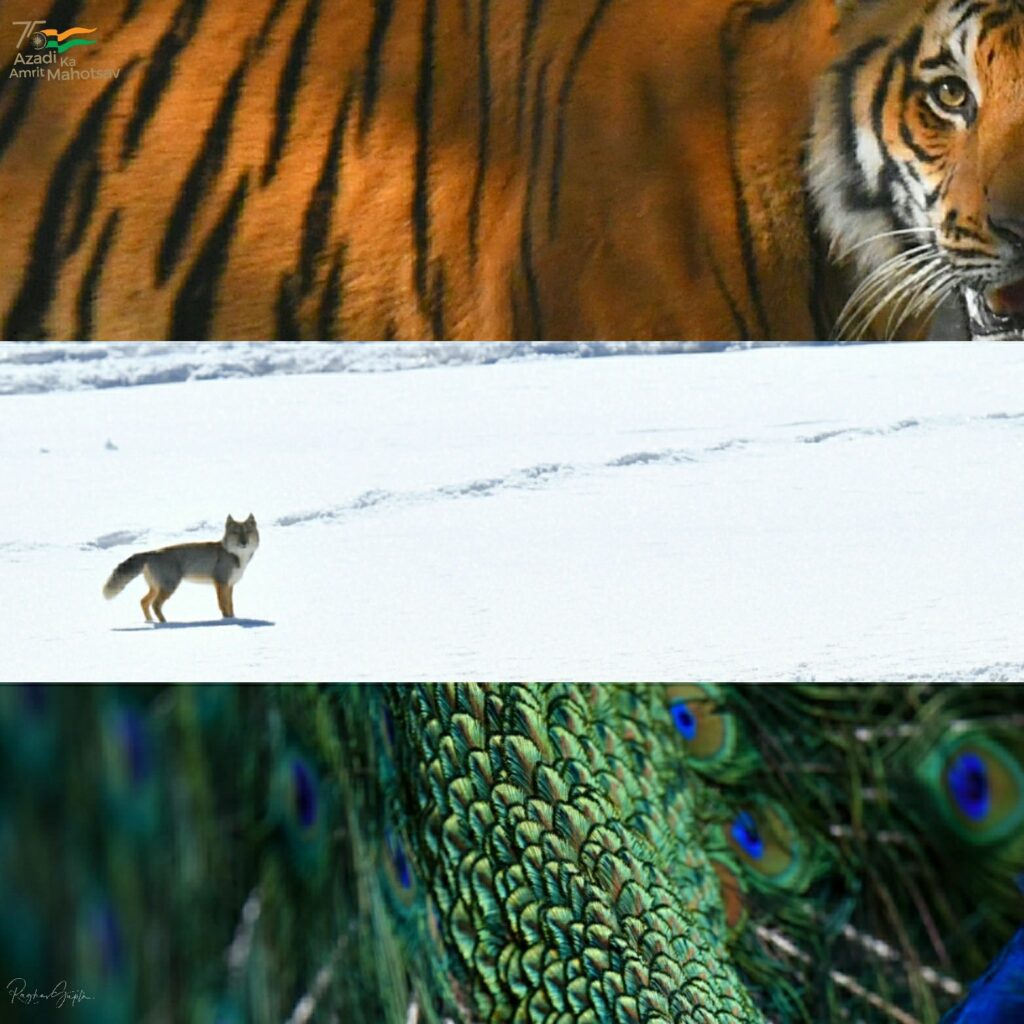
Please share some of your achievements in wildlife conservation?
I have conducted workshops through Wildlife Institute of India (WII), Centre for Environment Education (CEE), IITs and other institutions for youth across India to inspire youth towards wildlife conservation. I am a lifetime member of BNHS and Advisory Member in ERDS Foundation (associated with conservation of Great Indian Bustard) and have completed various courses and training programmes from IUCN (Red list course), IIFM, UN, Cornell Lab of Ornithology, National Geographic and IIT on topics ranging from biodiversity, forestry, ornithology, wildlife management and conservation. I was awarded the best performer in the School of Aquatic Biology program of Turtle Survival Alliance (TSA) – Namami Gange. I have recently completed a course on Climate Change and Inclusive Growth from IMF and a 7-module course on ecosystem restoration from CEE. Besides, my articles and photography have been published in Saevus magazine, Sanctuary Asia, BNHS Hornbill and The Hindu. I have been awarded for my wildlife photography in competitions organized by Zoological Survey of India (ZSI), WII, and UP Ecotourism, among others. I also stood first in a national-level quiz organized by the Mangrove Foundation, Mumbai.

The theme of World Wildlife Day this year is ‘Recovering key species for ecosystem restoration’. About 8,400 species are currently critically endangered. What are your views on it and how can we save these endangered species.
An important aspect of wildlife conservation is recognizing the inter-dependence of flora and fauna and the importance of biodiversity. In that respect, there is hope to recover species and even entire ecosystems, provided we give that much time and support to nature. Nature and wildlife are extremely resilient and can bounce back, given a chance. We all saw multiple instances of “re-wildling” of urban landscapes during the lockdown, where creatures roamed on the roads, dolphins were seen in the sea, and bird song was louder than usual. These are just indications in fact that wildlife is fragile, but not brittle. There is hope, and we are at a cusp with the impending challenges posed by climate change. This is the time, when we as individuals should make the right choices to cause minimum damage to nature, to spread awareness about wildlife, and to preserve and restore ecosystems. The services which nature provides run into trillions of rupees and that is gradually being incorporated in policies and programmes across the world and even in India. All these actions will no doubt help save endangered species.
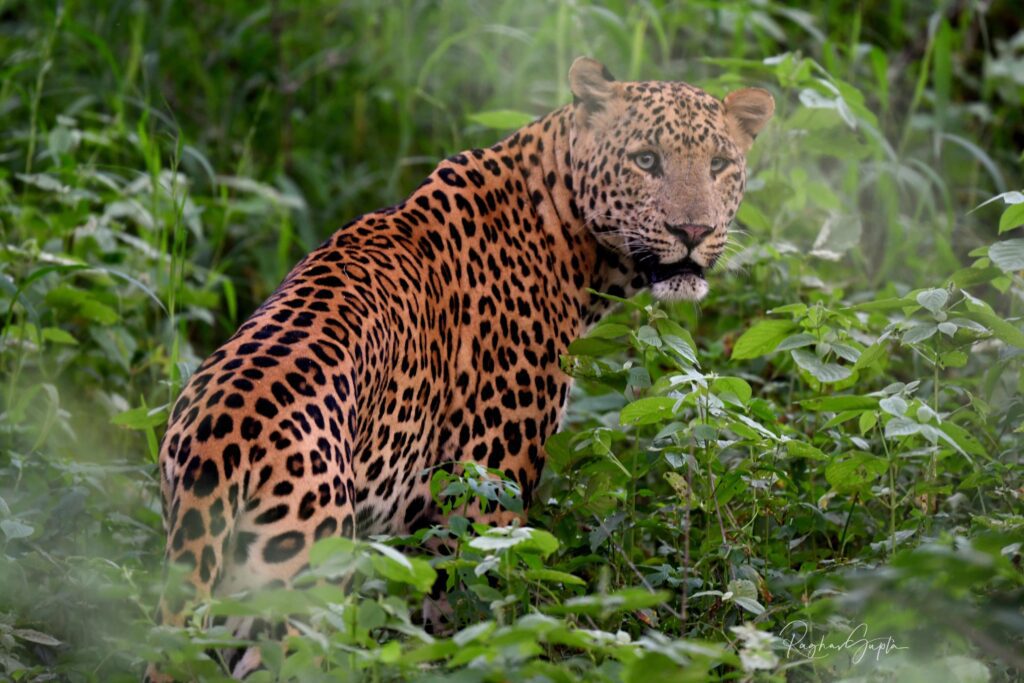
Any message that you would like to give to the readers on ‘World Wildlife Day, 2022?’
I would urge readers to reconnect with nature as much as you can. Leave the concrete jungles for once and experience the wilderness. It will not only cleanse your soul, but also help re-establish the connection with nature, which seems to be getting fainter by the day. Only when we reconnect with wildlife, we would be able to more seriously appreciate it and work towards conserving it.
(Raghav Gupta’s work on wildlife conservation photography can be found on his Instagram handle @raghavgupta7)

